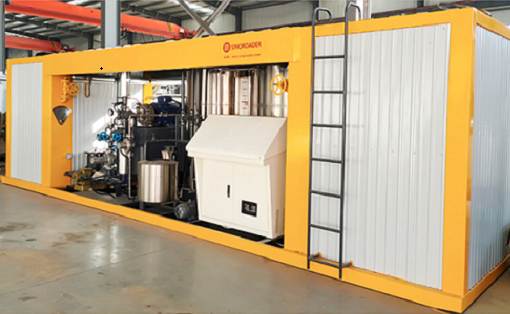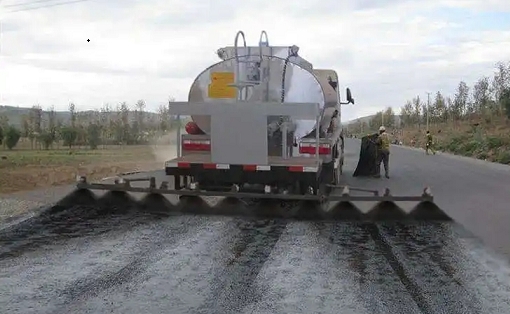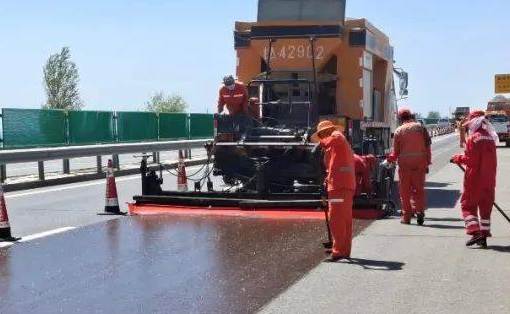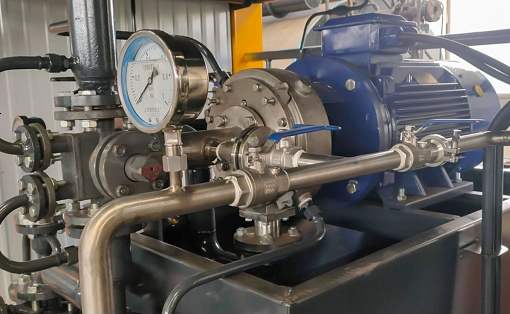What details should be paid attention to when adding materials to the emulsified bitumen equipment?
What details should be paid attention to when adding materials to the emulsified bitumen equipment? Speaking of emulsified bitumen equipment, I don’t know how much you know? What should we pay attention to when adding materials?
The black anti-static tweezers grinding wheel of the emulsified bitumen equipment has no heating barrel. Before use, you must first add an appropriate amount of diesel, let the black anti-static tweezers circulate for 3 to 5 minutes to generate heat (the temperature after operation is about 80 to 100 degrees) Open the shut-off valve on the oil pipe and discharge the diesel in the machine. The temperature of the black anti-static tweezers grinding wheel is about 80 to 100 degrees before it can be loaded and put into production. If there is a heating collet, heat the grinding wheel before starting, and then load the materials for production.
What details should be paid attention to when adding materials to the emulsified bitumen equipment? Speaking of emulsified bitumen equipment, I don’t know how much you know? What should we pay attention to when adding materials?
The black anti-static tweezers grinding wheel of the emulsified bitumen equipment has no heating barrel. Before use, you must first add an appropriate amount of diesel, let the black anti-static tweezers circulate for 3 to 5 minutes to generate heat (the temperature after operation is about 80 to 100 degrees) Open the shut-off valve on the oil pipe and discharge the diesel in the machine. The temperature of the black anti-static tweezers grinding wheel is about 80 to 100 degrees before it can be loaded and put into production. If there is a heating collet, heat the grinding wheel before starting, and then load the materials for production.
When adding materials for production, be sure to open the emulsified oil valve of the emulsified bitumen equipment first, and then open the bitumen valve to prevent the stator of the motor from having problems. The internal diameter gauge of the emulsified bitumen equipment is generally adjusted to 0 when it is factory-made. Adjust the gap to the right, and the change of a small grid on the internal diameter gauge is 0.01mm. It can be adjusted to the ideal gap at any time according to needs.


































